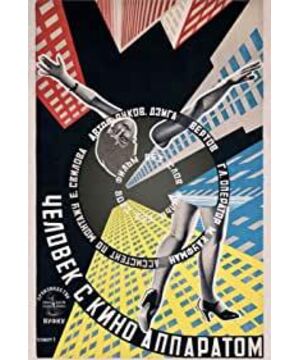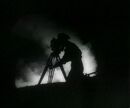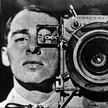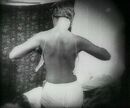At the end of the 1920s, the technology of the film was still underdeveloped. This film, which was only about an hour long, might have used all the film technology that could be used at that time, such as superposition, combination, fast motion, slow motion, and morphing of shots. Melodies are even used in stop-motion animation. The director's intention may be the experimentation of technique on expression.
In the sports of athletes, the film uses slow motion to fully show the strength and beauty of people in the process of sports. This method is used in almost all sports-themed movies. There are also busy intersections, factories, and machines. The director used fast shots and high-speed editing, and used some montage techniques to express the high speed and tension of modern industrial society. It can be said that these are textbook methods.
This movie claims to have no script and no actors (in my opinion, the person with the camera in the movie can be regarded as an actor), and went straight to the streets and all corners of life to shoot. The most realistic scenes are recorded under the circumstances of "design", and then through powerful editing, a film can be creatively produced. This documentary technique should at least have a great influence on the French avant-garde cinema of the 1930s. If you have seen Jean Viggo's 30 years of "Impression of Nice", you will be amazed at the great similarity in performance between the two. "The Man with the Camera" can be dubbed "Moscow Impression". But "Impression of Nice" was influenced by it rather than the other way around. From this point of view, Soviet films in the 1920s and 1930s did indeed come to the forefront of the world.
In addition, the film combines a long shot and a close-up shot to produce a very unique effect, which is rarely seen now. For example, at the beginning of the film, the combination of "photographer" long-range shots and "lens" close-up shots gave people a very deep impression, and this technique also appears in Eisenstein's films. A combination of close-up and pyramid vista. Perhaps this can be seen as a continuation of Soviet cinema in terms of technique.
Originally a silent film, Michael Nyman remixed the music in 2001. The soundtrack version makes the rhythm of the film more lively and reduces the discomfort caused to the audience by the high-speed editing of the original film. The film finally ends in a high-speed rotating shot, and the music also stops abruptly, which is memorable.
View more about Man with a Movie Camera reviews







